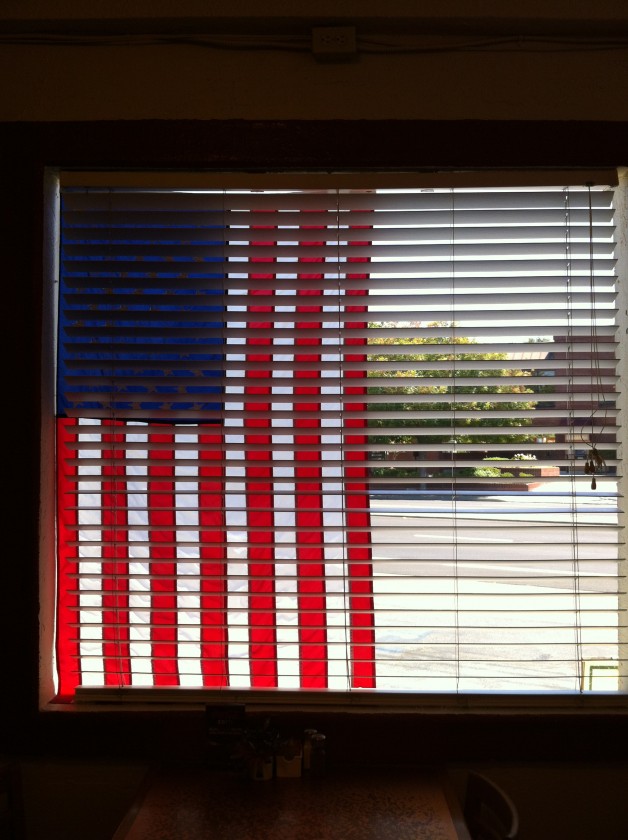
You know the saying, “tension so thick, you could cut it with a knife.” And there’s truth in that old cliché. What you’re working for, as a writer, is to grow plot, and make the scenes and setting and relationships in your characters’ world so untenable that you can taste the sweat and fear that you’ve so aptly described on the page.
Recently in one of the BWW writing classes, Elizabeth discussed “active description: creating worlds, moods and tension.” Good writing is actually a visual art, because as readers we can “see” how the characters live and act and react.
In class, we analyzed the work of some seasoned and celebrated writers such a Nobel Laureate Gabriel Garcia Marquez and the late Nora Ephron, and began some of our own based on their models. These exercises work well for fiction as well as nonfiction writers: the same techniques can be applied to either genre.
I’m including three that we tackled together that personally helped me open a few doors in terms of using setting and imagery, in opportune ways:
1). Desire. Drawbacks. Detailed description. Metaphor that conveys mood. The Party by Shirley Hazzard. There’s a wonderful scene in this story that describes a party as a battlefield.
2). Fear conveyed through detail, especially sound. Unusual descriptions compiled together to build the tension of a moment. One Hundred Years of Solitude, by Gabriel Garcia Marquez. Special attention was given to the sounds in the setting, and made the description come alive.
3). Food. Humor. Gorgeous, hilarious, loving description. “Potatoes and Love: Some Reflections” in Heartburn by Nora Ephron. Using humor to convey disappointment and fear is truly remarkable.
